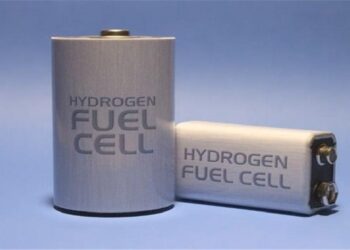Bolivia will invest some US $ 2,560 million this year to increase electricity reserves, expand transmission lines and start the export period to Argentina, according to the authorities.
Eduardo Paz, president of the state electricity company, explained that this year three thermoelectric plants will be installed: Icona, Ambrosía and Santa Bárbara in the department of Cochabamba, central Bolivia.
He also said that this year technical studies will be carried out to build hydroelectric power plants. “One of the plants will be in southwestern Bolivia and will work in two more years,” he added.
The Central Bank of Bolivia is in charge of the financing with funds from the international reserves that the South American country has obtained in the last decade.
Luis Alberto Sánchez, Bolivian Minister of Hydrocarbons and Energy, has announced that his country plans to export some 9,000 MW of electricity to Brazil and Argentina.
On the other hand, Bolivia and Brazil agreed in July last year to establish a binational technical committee to export 8,000 MW of electricity to Brazil.
It also plans to export 1,000 MW to Argentina that will be generated by thermoelectric plants in the Gran Chaco, in the south of the country. Bolivia has an internal consumption of about 1,300 MW and the surplus will be sold to neighboring countries, according to press reports.
Gas Turbines and Batteries: A Perfect Pairing
Battery systems for grid-scale energy storage is more than coming into its own as being economically viable in optimizing the performance of gas turbines.
The Bolivian state company will have to establish the prices of the electric power that will initially be exported to the north of Argentina.
Both countries agreed to build a 500-kilowatt transmission line, which will link the town of Yacuiba (Bolivia) with Tartagal (Argentina).
The second stage plans to expand this transmission line to the Argentine province of Jujuy.
Bolivia has also planned the construction of the “El Bala” hydroelectric plant in the northern department of La Paz, to generate between 1,600 and 4,000 MW of electricity.
The Italian company Geodata was hired in July last year to elaborate in two years the final design of the hydroelectric plant with waters from the La Paz and Beni rivers, in access to the Madidi forest reserve.
However, not all countries in Latin America have the same investment impetus in the sector.
The countries of Central America, for example, advance each one at their own pace and Siepac’s objectives remain on paper.
The infrastructure that sustains the Regional Electricity Market limps and the cure will take at least three more
years to arrive.
The promise of sharing at least 300 MW of energy has remained stagnant: countries such as Nicaragua, El Salvador and Honduras use the transmission lines of the system to distribute energy within their own borders.
The situation not only limits the ability to share electricity from other countries among them but slows down the development of new projects such as the incorporation of variable energies (solar and wind) into the market.
However, the Electrical Interconnection System of the Central American Countries (Siepac), which is the 1,800 km line through which the electric flow travels throughout Central America, only has the capacity to transfer half of that power.
All countries, from Guatemala to Panama, committed themselves in 2011 to create the necessary infrastructure to make the market efficient.
Nicaragua, El Salvador and Honduras, however, have not been able to electrify the majority of their population and started with a lag compared to Costa Rica, with 96% of electrification.
Nicaragua already has a plan with the Inter-American Development Bank (IDB) to strengthen its interconnection.
The IDB, which has financed more than half of the interconnection, and gives technical support to the project, expects these 300 MW to be put into practice in 2019.










































